Have you ever wondered how our ancestors tamed the wild beasts and turned them into loyal companions? We often picture the fascinating transformation of wolves into dogs, but what about our enchanting felines? Did you know cats were not just cuddly companions but revered as powerful beings in ancient Egypt?
Indeed, the Egyptians worshipped cats, elevating them to the status of demigods! To truly appreciate the depth of this extraordinary bond between humans and felines, let us journey back in history to a mystical era of Pharaohs and hieroglyphs.
Egyptian History and Animals
Ancient Egypt is considered one of the earliest civilizations in Africa and the Middle East. According to various scientists, Egypt’s history is divided into 30 dynasties that range from approximately 332 B.C. to 5,000 years ago. Agriculture was a way of life, providing vegetables, wheat, and flax made into linen.
The significance of animals among Egyptians was extremely prevalent. Animals were used for survival, sacrifices, or even provided deities that were worshipped around Egypt. One such creature held in high regard was the cat, who quickly became a demigod.
The Domestication of Cats: Who Did It First?
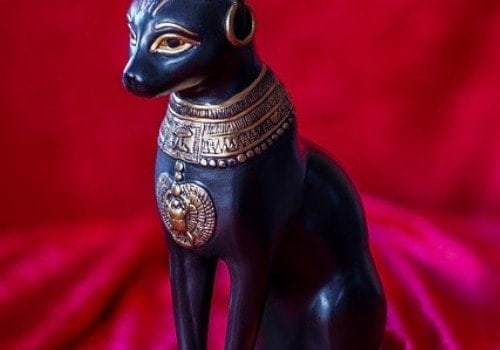
Scientists continue to speculate who first domesticated cats, but evidence points to ancient Egypt. Researchers at National Geographic talk about one such experiment involving DNA samples of over 200 cats, many of which belonged to Egyptian cat mummies. One of the dominant lineages came from African cats found in Egypt.
The cats domesticated by the Egyptians consisted of a lineage consisting of African cats. Scientists found that the domestic cat’s closest relative belongs to an African wildcat subspecies near Egypt. Other theories suggest that cats were domesticated before Egypt existed.
Was Egypt the Only One to Domesticate Cats?
Science Magazine unveiled one of the first paintings involving a domestic cat created around 1950 B.C.E., but this wasn’t the only finding. In 2004, a 9,500-year-old cat was found buried alongside a human on the island of Cyprus, hinting that they may have been domesticated before the Egyptian civilization existed. Genetic analysis has revealed, however, that even if cats were found outside of Egypt, the Egyptians were the ones to officially domesticate wild, feral cats into what we have today.
Piecing together the different theories and evidence suggests that cats lived in close proximity to humans, possibly even beginning to domesticate themselves before the Egyptian civilization. Cats may have been attached to humans for the benefit of getting free meals, later being domesticated in a second event by the Egyptians.
How Did the Domestication of Cats Happen?
Egyptians grew crops to provide food for their communities. In fact, they depended on the farmers to grow grain, which was the most sought-after. Pests ranging in size from vermin to large snakes encroached into fields, putting the lower class’ livelihoods in danger.
With crops overrun with plenty of prey, wild cats took the opportunity to feed themselves. The Egyptians noticed the new form of pest control, rewarding the cats with protection from larger predators and additional food. This new relationship allowed for the domestication of cats to take bloom.
From Feral Cats to Domestic Pets
When comparing the bone structure of a domestic cat to that of their wild ancestors, scientists found that it was nearly impossible to tell the two apart. There isn’t a distinguished morphological difference that you would find when considering the domestication from wolf to dog. That is why researchers had to look at evidence that was provided by the Egyptians themselves. In other words, the bones did not give any answers.
They did find, however, that the cats native to Ancient Egypt came from two main types of subspecies that paved the way for what we have now. As with the domestication of any animal, those individuals who show desirable characteristics are kept and bred. This ensures that the better-suited characteristics and traits remain intact in future generations.
Which Breed of Cat was Domesticated in Ancient Egypt?
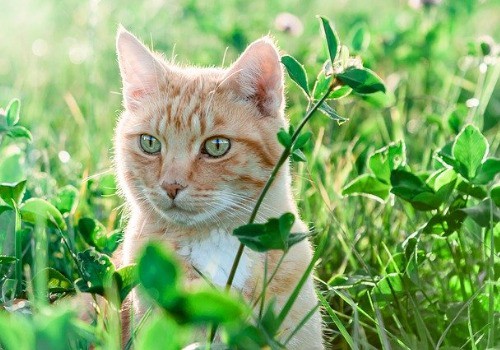
The Egypt civilization is likely to have tried to domesticate one of two breeds of cats that were found around Egypt at the time. These were the Jungle cat (Felis chaus) and the African wildcat (Felis silvestris lybica). Both look remarkably similar, differing more in temperament.
When trying to domesticate cats for the first time, Egyptians most likely tried to keep those calmer individuals that would not harm the owner. Although both were domesticated, the African wildcat was more prevalently made into the common housecat since it had a calmer demeanor. These traits were capitalized and bred for a more compatible companion.
What Proof Do We Have that Cats Were Domesticated?
By looking at artifacts presented by the Smithsonian Institution, it is evident that the Egyptians were fascinated with feral cats. Discoveries have been made of hieroglyphs with cats and mummified feral cats.
We know cats were domesticated from the art displayed in ancient Egyptian tombs. These depictions show cats in close proximity to the humans in the hieroglyphs. Unlike other animals found in Egyptian paintings, cats are the most prevalent.
Egyptians and their Fascination with Felines

Cats were not only seen as an animal that warded off evil pests but also became sacred entities. Those in Egypt at the time wholeheartedly believed that cats were magical, bringing good luck to those who treated them properly. In fact, Egyptian artwork has depicted burning structures where men would save the felines before either rescuing themselves or putting out the fire. This level of dedication is more than simple companionship.
In Egyptian mythology, deities will take on the form of animals while protecting the community. Obviously, this civilization respected animals of all sizes, but the cat was different. The feral cat form is prevalent in their most loved gods and goddesses.
Bastet: Egyptian Goddess
The Rosicrucian Egyptian Museum devotes its research to the deities in Egyptian mythology, one of which was a human female with the head of a cat, otherwise known as Bastet. The Egyptians called her the goddess of protection, pleasure, and good health provider, protecting her father from the feared serpent Apep during the night in the shape of a cat. Bastet and all cats found in Egypt were worshipped to keep the gods happy.
Cats and Bastet shared the association of fertility and childbirth. In ancient Egypt, it was essential for women to focus on childbirth. Perhaps this was due to the significant number of infant deaths. The cat was believed to possess some of Bastet’s divine energy and increase healthy fertility and childbirth.
Bastet’s Proof of Domestication
With every culture, some modifications and traits change over time. Bastet became popular amongst Egyptians in the 2nd dynasty (around 2,890 to 2,670 B.C.E.), where she was first represented with the head of a lioness. Over time, she began to take on the head of a housecat.
Scientists have linked the shift in Bastet’s appearance to the domestication of felines. In the earlier years of her creation, she had a harsher exterior, sporting a lioness’ head. With the domestication of cats occurring, perhaps Egyptians thought it fitting to link Bastet to the well-loved protectors of the crops.
The Temple of Bastet
When the temple of Bastet was excavated, cats were one of the first discoveries scientists noted. More than 300,000 cats were mummified and put into the temple, highlighting how sacred these animals were to those in ancient Egypt at the time. A widespread belief was that these domestic cats were given divine powers granted by Bastet herself.
Some animals in the Egyptian civilization were bred simply for the purpose of being religiously sacrificed, but for the cat, it was different. It was found that Egyptian cats were bred between 332 B.C. and 30 B.C. outside of the temples to be used as offerings. Instead of a typical sacrifice, it was believed that these cats gave Bastet some of her spiritual energy back. The cats were mummified in this practice, and treated with the utmost respect.
The Mummification of Domestic Cats
Because cats were considered demigods, the Egyptians took their death seriously, performing rituals that would otherwise be limited to humans in other cultures. When a cat passed away, it would be buried with jewelry and mice as an offering to go into the afterlife. They would also be buried in the same tomb as their owner.
The act of mummifying a body is a delicate and long process, drying out the body and embalming to reduce decay. Closely studying how the cats were mummified, scientists have found that these animals were meticulously embalmed as human corpses. Mummifying a cat proves just how sacred cats were to those in ancient Egypt.
The first known mummified cat was found in a sarcophagus dated around 1350 B.C. This individual was held within a limestone casing engraved with meticulous carvings. Scientists speculate that this cat, Ta-Miu, belonged to Prince Thutmose, Pharaoh Amenhotep III’s eldest son.
Mourning the Loss of a Cat
The ancient Egyptians are well known for their view on immortality, believing that their loved ones go on to the afterlife. They would also mourn the loss of their pet cat with a public ritual for all to see.
The loss of a domestic cat was publicly mourned by every member of the family as a way of respecting the sacred animal. The ritual would include shaving off their eyebrows. When the hair grew back, the mourning period was over. Other cultures would find this tradition ridiculous, but it was how the Egyptians respected those traveling to the afterlife, including such a magical creature as the cat.
Egyptian Cats and the Law
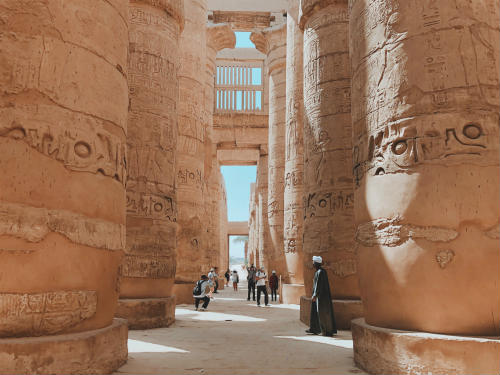
With cats so well-loved in Egypt, it was no surprise that the people might want to trade them outside the area. One rule enforced involved the exportation of cats from Egypt. It was so highly discouraged that a branch of government was in place to solely concern them with this issue. Any cats that were exported were quickly gathered by individuals and returned to Egypt.
Another instated commandment was that there would be punishment for those who killed a cat. Scientists have agreed that this rule was established around 450 B.C.E., noting paintings depicting the penalty of death for those who killed a cat, regardless of whether it was accidental.
Egypt Versus Persia: the Catastrophe
It was well known that the Egyptian civilization revered cats. Historians believe that this knowledge was used by Cambyses II of Persia to conquer Egypt. His unusual strategy involved cats in the Battle of Pelusium in 525 B.C.E.
According to Macedonian, the author of “Stratagems of War”, the Persians used cats as shields from flaming arrows. The Persian king secured his win with his troops carrying these sacred animals. Unfortunately, Egypt lost approximately 50,000 in the battle for fear of angering Bastet.
The Exportation of Cats from Egypt

Although against the law to let a cat be sold outside of Egypt, eventually, farmers began to migrate to new regions. With domesticated cats proving to be great hunters, sailors also chose to bring them aboard trading ships. In areas where they were not considered a demigod, the domestic cat started to take form as a sole companion and pest control system.
Scientists have not been able to identify exactly when cats were exported out of ancient Egypt. There is evidence, however, revealing that Vikings used Egyptian cats near the Baltic Sea for their ships. It is also possible that the Romans were held responsible for the migration of these cats into Europe after they seized Egypt in 30 B.C.
What Does Egypt Think About Cats Now?
As expected, cats are not the demigods they once were in ancient Egypt. Instead, they have become more of the traditional domesticated pet that will occasionally hunt in the fields.
Are There Any Ancient Breeds That Still Exist?
When comparing the physical attributes given to cats found in hieroglyphs, reveal the appearance of a spotted tabby. Cats that were mummified often had their markings painted onto the wrappings. Most of these showed the same pattern as the hieroglyphs, presenting scientists with a possible breed to compare ancient cats to those of today.
Many are convinced that the Modern Mau, a medium-sized cat breed with short hair, is identical to the cats of ancient Egypt. Not only do they share a striking spotted coat, but they also look similar in size as well. Of course, this breed may have changed over the generations, but the roots are still the same.
Interestingly, ancient Egyptians referred to all cats, wild or domestic, as “She or he who mews” or “Miu”. The word “Mau” is derived from this root, meaning cat. The Modern Mau is also linked to its ancestors through its breed name.
The ancient Egyptians were one of the first to domesticate the cat, capitalizing on the mutualistic relationship. They believed these felines were linked to Bastet, holding divine powers that would give them fertility and protection. To this day, some believe that cats have never forgotten their origins, expecting to be treated like kings and queens. In ancient Egypt, cats rule above others.
Why Did Ancient Egyptians Worship Cats? (Video)
"In ancient times cats were worshipped as gods; they have not forgotten this."
-- Terry Pratchett

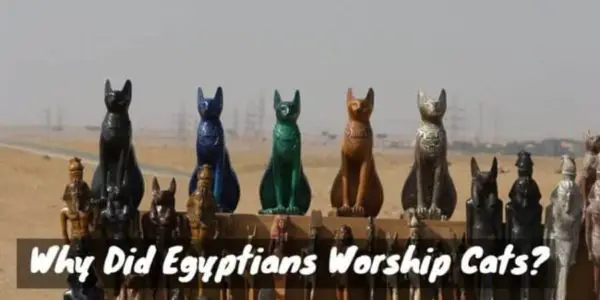
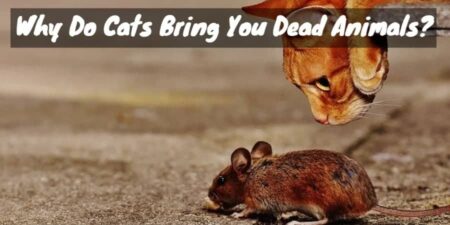
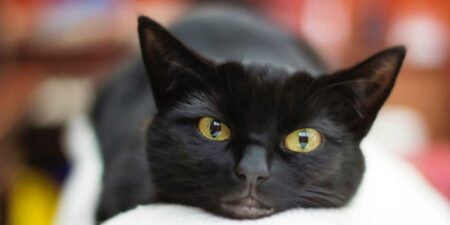
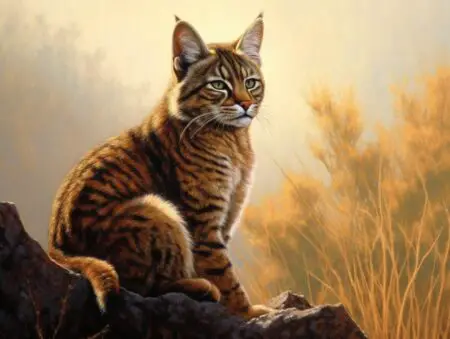
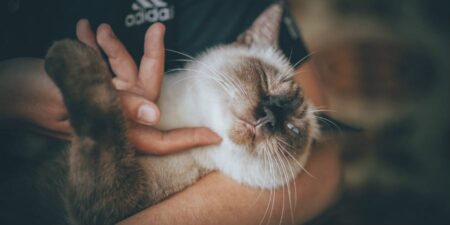
Thank you for this concise intro. I am interested in why the partnership was broken by the human partner in this attractive partership.